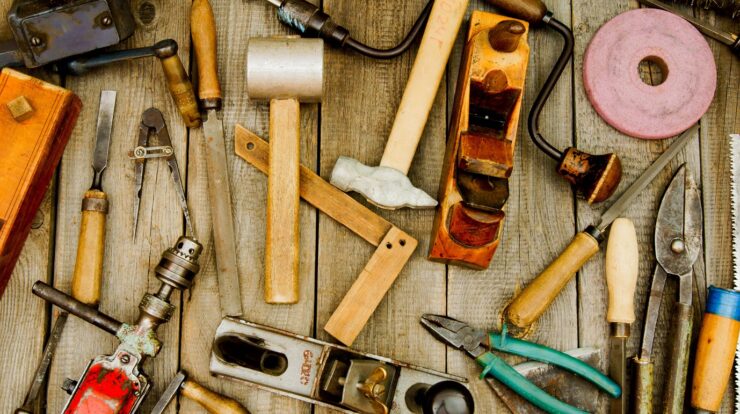
How should you quote a handyman service?
In starting a handyman business, arguably the most important and difficult decision to make is how much you charge. Each handyman business and even individual service has unique costs they should factor into their prices. On the one hand, we’d like to charge as much as possible to guarantee maximum profits. On the other hand, we can’t charge too much or else our client will run to a cheaper competitor.
As you can see, deciding how much we should charge in a handyman business can be quite complex, so there’s no easy answer to this question.
However, there are set guidelines we can use to properly set our handyman service pricing so you can come up with a reasonable rate that is also profitable.
Step 1: Survey The Premise
A very important rule is to never give any estimates before you survey the house physically. A photo or even video (no matter how good they are) is never a total representation of the premise. So, unless it’s absolutely required, don’t give estimates over the phone before you’ve surveyed the place.
You’ll need to accurately estimate how long it will take to perform the job (to ensure cost-efficiency), and the photo/video may mislead you. Also, make sure to measure the space accurately to estimate the supplies and tools you’ll need for the project.
There are a lot of clients that simply don’t have a clue about how long your professional handyman service should reasonably take, and you might need to explain this in person, on-premise.
Not to mention, there are always those malicious clients that might deliberately try to lock you into a lower rate by purposely sending misleading photos.
Step 2: Estimate Time and Labor Costs
You have the option to charge your client by the hour or on a per-project basis. However, it’s best to base your calculation on how long it will take to perform the job even if you are going to charge by the project.
The national average cost in the US to hire a handyman is $55/hour, so you can use this as a benchmark. However, you might want to also check how much the competitors in your area are charging their services before you establish your hourly rate.
As you get more jobs, you can keep a log of how long each type of service takes you, so you can use this data as your benchmark for future pricing.
This is especially important if you are running a team of handymen in your business, but even if you are a one-man business, you should still estimate an accurate labor cost. You can use handyman scheduling and invoicing software like fieldd to help streamline and automate this process.
Now, simply multiply the number of hours you’ve estimated with the established hourly rate.
Also, don’t forget to factor in taxes depending on your local policies. Typically payroll taxes in the uses will cost 18% of the total labor cost. So, if your total labor cost is $200, the payroll tax is $36 (18%). So, the total cost including payroll tax will be $236.
Step 3: Factor In Supplies Costs
Accurately estimate the supplies you are going to use in the handyman service process.
If you can’t provide a correct estimate about your supply cost, a common practice is to add 3% to 6% to the total labor cost (including tax) as supplies costs.
So, using the above example
Total cost after tax=$236
Supplies cost: $11.8 (5%)
New total so far: $247.8
Step 4: Factor In Additional Overhead Costs
Overhead costs are any cost that is not directly caused by the job at hand but should be factored in. This can include costs for office rent, investment in tools and equipment, marketing costs, etc.
The overhead cost obviously can vary, but you can add around 50% as overhead costs.
Total cost after tax=$247.8
Supplies cost: $123.9 (50%)
New total so far: $371.7
Step 5: Set Your Markup
Now you’ve calculated all the essential costs for your handyman service job, and in this step, we’ll decide on how much profit you should make.
Most handyman businesses add around 30% on top of your total costs as your profit per job, but you can obviously lower this number if you want to be more competitive in attracting more clients. However, charging too low will hurt your business’s profitability in the long run, so the challenge here is to find the right balance.
Also, depending on your location, you might be required to charge sales tax on top of your rate (after profit). Check your local regulations whether you are required to do so.
What’s The Industry Average
According to HomeAdvisor, handyman rates can vary wildly with smaller jobs can cost as low as $60 per project (for one or two hours of work), but larger jobs can cost $1,200 per project and up. The average price is $390 for small projects and around $125 per hour for fairly simple jobs.
Conclusion
By using the five simple steps we have shared above, you can accurately estimate how long you can finish a handyman service job and how much you should charge. Obviously, there are many different factors with each project that might affect your final calculations, but these steps can act as a foundation as you add other elements to the equation.


